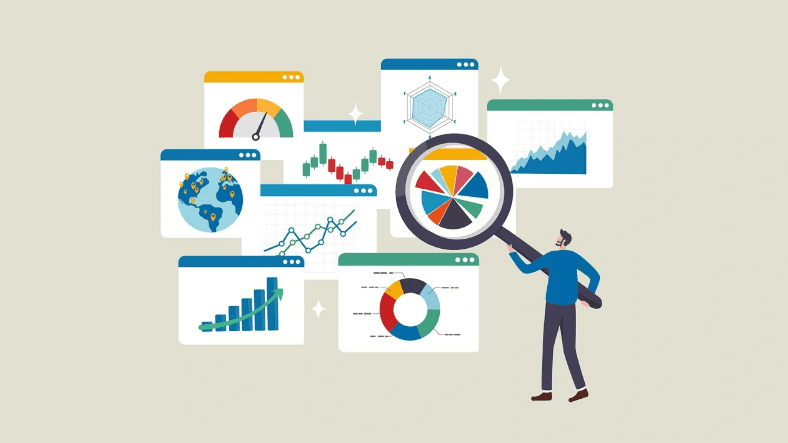Data analytics has become essential for businesses of all sizes. Once primarily the domain of large corporations, smaller businesses have now embraced data-driven decision-making. The influence of books like *Moneyball* by Michael Lewis has shown how data analytics can provide any team or business with a competitive edge.
The good news is that you don’t need a math degree, a fancy algorithm, or even a massive data set to gain critical insights into your business. You can even predict the future using metrics from your business and basic statistical analysis like a rolling average.
Let me explain.
Embracing Trend Analysis
A rolling average, also known as a moving average, is a simple statistical tool you can use inside your business today to help predict the future.
Instead of considering all data points over time equally in the average, a rolling average focuses on a specific number of data points. It calculates the average of only those points. You can keep the average rolling by adding data from a new month while subtracting the data from the oldest month.
For example, we can use sales or revenue and then calculate a 12-month rolling average to see how your sales trend over those 12 months (total sales dollars / 12).
That immediately gives you a sense of the long-term revenue level inside the business. If the current month’s sales are above the average, sales are growing.
You can combine that longer-term analysis by adding another trend line: a three-month rolling average.
As with the 12-month rolling average, you immediately see trends. Are sales going up or down?
Next, plot both trend lines on the same graph to see what insights you can learn. For instance, you might see that sales on the 12-month line are relatively flat, but the three-month line is trending down, which could spell trouble for your upcoming quarter.
Or, the 12-month average might be trending down while the three-month line shows a sharp spike upward, indicating that the business might be turning things around.
The three-month trend shows where the 12-month trend is headed.
What makes this powerful is its simplicity in creation and the immediate insights it can reveal with a picture. It also allows you to react somewhat slower than to the monthly results but quicker than to the six-month or annual results.
Embracing Flexibility
The beauty of this approach to data analysis is that you have the flexibility to use whatever data you need to look at the future. Use it with your profits, customer returns, website visits, or quality measures. Or whatever data you’d like to use to predict the future in ways that might give you an advantage over your competition.
Consider how a baseball team might use a rolling average of a player’s offensive contributions to identify prime buy-low or sell-high candidates. By adjusting your timeline and using weeks or even days instead of months, I can track which players might be on the verge of breaking out–or breaking down.
Using this method, I might gain an advantage over other teams who might simply be looking at the sum of that player’s statistics. While they might be looking to buy or sell based on those past results, I’m trying to gain an edge by predicting where the player’s performance might be headed.
Gaining a Competitive Edge
In your business, perhaps you can use this to identify an acquisition target better or to help assess your performance compared with a competitor’s. If everyone else is basing their actions on what’s already happened, you might have an edge by using that data to see what might happen. And if you can do that, you are already one step ahead of the pack. Add these rolling averages to your key metrics today and see the insights you get.



